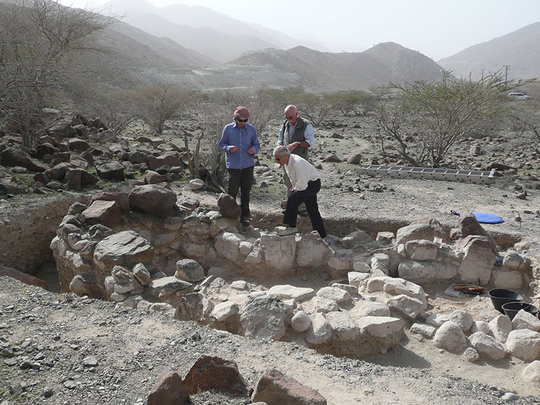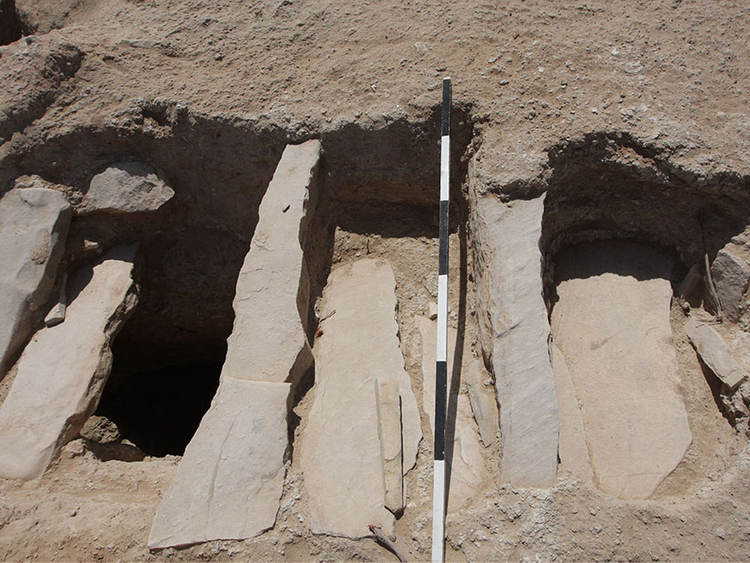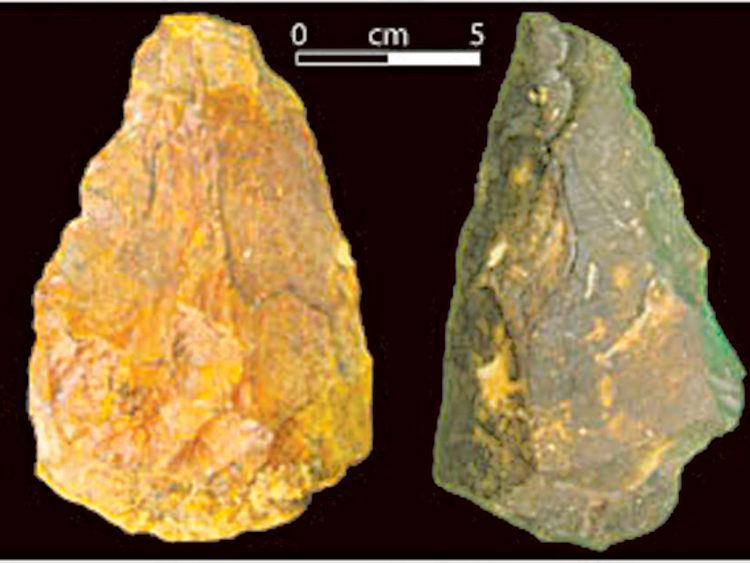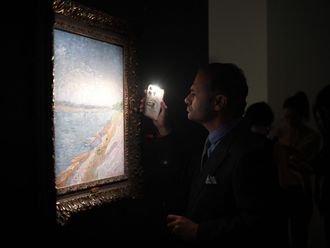
Archaeological excavations and surveys carried out in 2015 by Sharjah’s Directorate of Archaeology in association with a number of foreign teams have made major new discoveries, according to a report issued by Abdullah Al Owais, Chairman of Sharjah’s Culture and Information Department.
Among the discoveries are stone tools, which may be up to half a million years old, possibly pushing the history of human habitation of the Emirates back by several hundred thousand years.
According to the report, these tools, including hand axes from the Lower Palaeolithic Age, of a type known as Acheulean, were discovered by a team from Germany’s University of Tubingen during surface surveys on Jebel Faya and in the Suhaila area.
A joint team from the University of Tubingen and the Directorate of Archaeology completed a further season of work at an important site in Wadi Hilu, in the Hajar Mountains, which has been dated to the early Bronze Age, over 4,000 years ago. The site was then a centre for the mining and smelting of copper ore and a number of smelting sites as well as copper slag and hammers used in the mining process were identified.
Radio-carbon dating of material recovered from the site, however, shows that it was occupied over a much longer period, from as early as the beginning of the Neolithic period, around 8,000 BC, into the Islamic period.
The Belgian team, from the University of Ghent, carried out a new season of work last month at Mleiha, south of Dhaid, during which a number of subterranean graves were excavated along with the foundations of mudbrick houses. Pottery and other items were found during the excavations.
The American team, from Bryn Mawr College in Pennsylvania, continued work early in the year at Tell Abraq, one of the largest and most important “tells” (mounds covering old settlements) anywhere in the region. It has layers of settlement extending from the 3rd Millennium BC to the end of the 1st Millennium BC, or over 2,500 years. The Bryn Mawr team commenced its 2016 season at Tell Abraq earlier this week.
On the UAE’s East Coast, a team from Japan’s University of Kanazawa continued the investigation of a late Islamic site at Dibba Al Hisn, finding ceramic evidence of widespread trading connections that extended as far away as China.
The report also noted that the local team of the Sharjah Directorate of Archaeology carried out work throughout the year in a number of locations in the eastern and central areas of the Emirate.














